Many people think it is a way of producing food which cares for the Earth and people. This is true, but Permaculture is, and always has been, much more than that.
Permaculture is about human beings and how we can live together on this planet without destroying it, and us.
Permaculture is about doing things for ourselves rather than asking governments to act for us.
Permaculture is about designing and developing sustainable, equitable and ethical human societies.
Permaculture starts in your local community.
Let’s talk about food anyway.
A scale of sophistication. Going from uncomplex to sophisticated.
We start here with bare ploughed or dug soil followed by a crop. You will have seen this everywhere, it’s a system which degrades the soil and has a relatively low productivity. It relies, for the most part, on machines and synthetic chemicals.
We can move to crops grown in permanent cover crop, that’s a bit more sophisticated
And then to crops grown in permanent cover crop with trees
We can now add in some animals and have crops grown in permanent cover crop with trees, crop followed by grazing
Many types of animal can graze together so the next step is crops grown in permanent cover crop with trees, crop followed by mixed grazing
Mono-cultures are very rare so we now can move on to mixed cropping in permanent cover crop with trees, crops followed by mixed grazing
In many contexts we can add some fish production in to get mixed cropping in permanent cover crop with trees, and pisciculture
Ducks go well with fish farming so... mixed cropping in permanent cover crop with trees, pisciculture and ducks
For honey and better pollination of some crops we can add bees to the mix … mixed cropping in permanent cover crop with trees, pisciculture, ducks and bees.
People need to live in something so we integrate the buildings … mixed cropping in permanent cover crop with trees, pisciculture, ducks and bees and housing
Buildings produce waste water and can capture rain so ... mixed cropping in permanent cover crop with trees, pisciculture, ducks and bees and housing with rainwater and greywater harvesting
We can involve local people to get community supported mixed cropping in permanent cover crop with trees, crop followed by mixed grazing, pisciculture, ducks and bees and housing with rainwater and greywater harvesting
Then we move onto integrating all the other essential things, housing, energy, clothing, education, culture and more. These are all part of a sophisticated local economy which prioritises local, ethical and equitable economic development.
Another thing we need to get going is a big change in what we eat. For too long we have been relying on annual grain crops.
Talk about yields.
For the most part people calculate yield as tonnes per hectare. Which is strange because we are talking about food and the quantity isn’t really a good measure of the quality nor of the nutritive value of the crops. It’s about time that change and we need to start talking about the number people well fed per hectare.
For example let’s look at wheat versus walnuts
Walnut yields of around 4300-5000 kg. per hectare plot.
Wheat yields of around 8000 kg. per hectare plot
It would seem that it’s better to produce wheat because the quantity produced per hectare is higher. But the wheat is an annual crop and the fields need to be prepared each year which involves big machines and seeds and then big machines to harvest, and then energy to dry the wheat. Then the wheat has to be transformed into foodstuffs like bread. Which uses even more energy.
The walnut trees are perennial, they stay there year after year producing walnuts. We don’t need to plant them each year and whilst we may use machines to help with the harvest they are used much much less.
We can also look at the quality of the food produced.
An average slice of bread is around 30 grams which we can compare to 14 walnut halves which weigh about the same.
The slice of bread contains 67 calories the walnuts contain 185 calories.
The slice of bread contains around 1.07 grams of fat, the walnuts contain 18.49 grams. We need to eat fats to maintain good health!
The slice of bread contains 2.3 grams of protein, the walnuts contain 4.32 grams.
So in terms of our breakfast it would seem much better to eat a handful of walnuts rather than a slice of bread.
Another thing we can do, and this ties into the first part of this article, is to use the surface under the walnut trees for crops. We can grow cabbages, peas, beans, tubers and other crops in between the trees. We can run animals, geese, hens, rabbits, sheep cows … under the trees. So we can get walnuts plus vegetable crops and then we can run animals after the vegetable harvest to eat the crop residues.
A sophisticated system that produces highly nutritive crops that has a positive impact on the environment. Wheat production which has far too many negative impacts.
We of course take into account that there is no “one size fits all” solution. Everything depends on the local conditions and contexts. What has just been described is the sort of process that a permaculture designer will use. The actual techniques and strategies will be adapted to the local conditions, constraints and needs. When we do this we are able to fully exploit Permaculture to design our resilient and ethical local communities.
As we say in Permaculture “the only limits to productivity are information and imagination”!


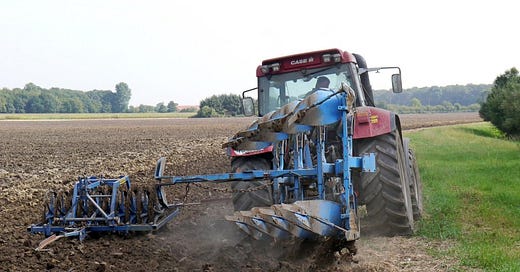



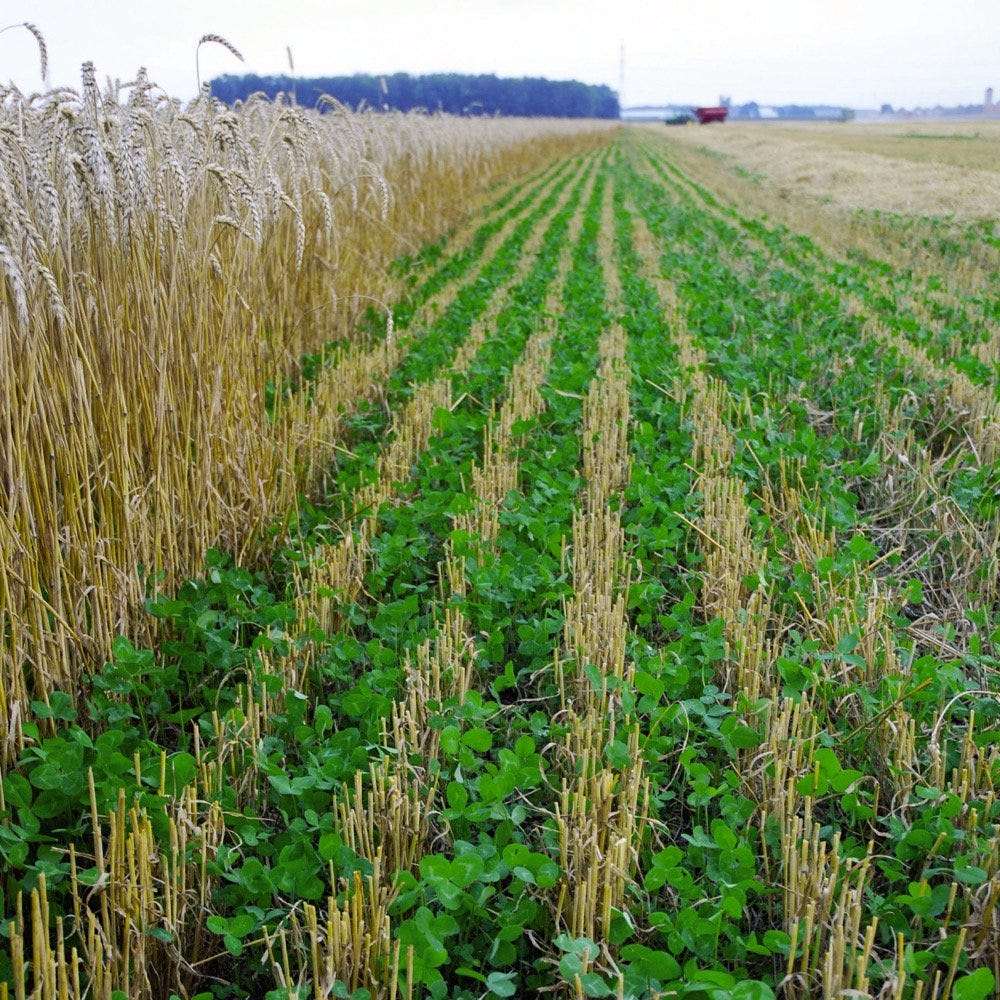
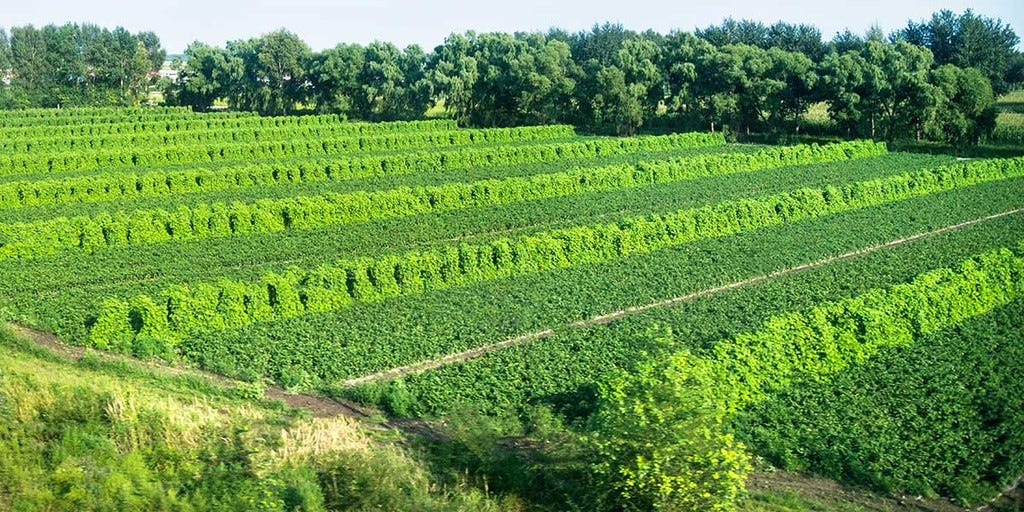
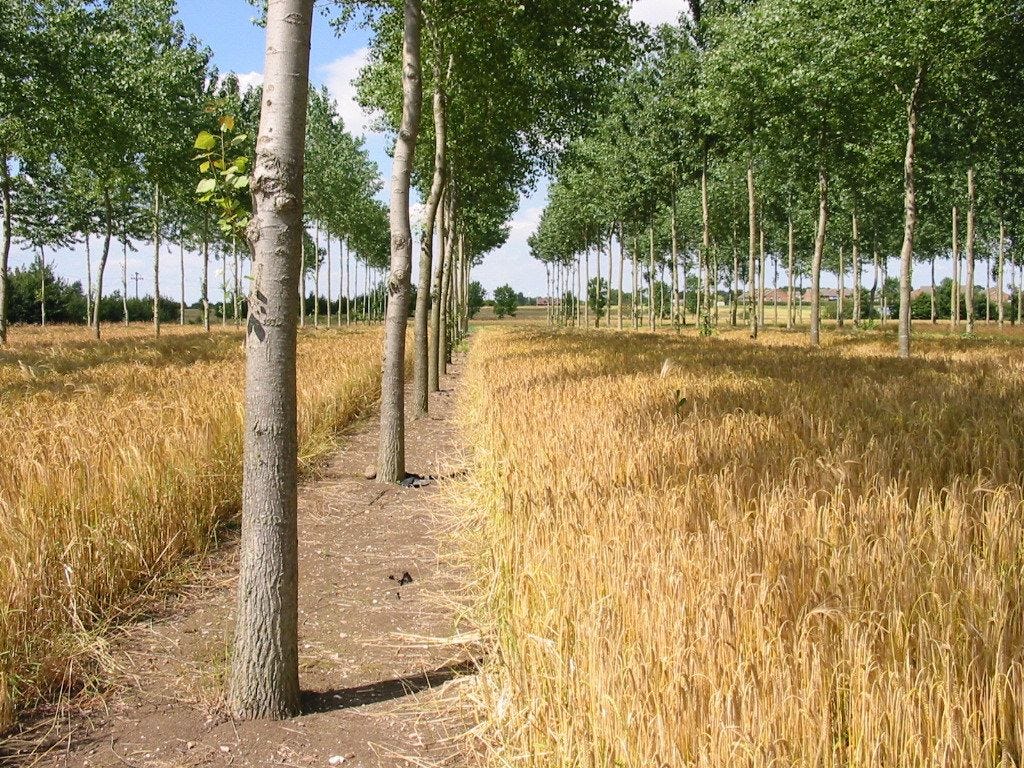

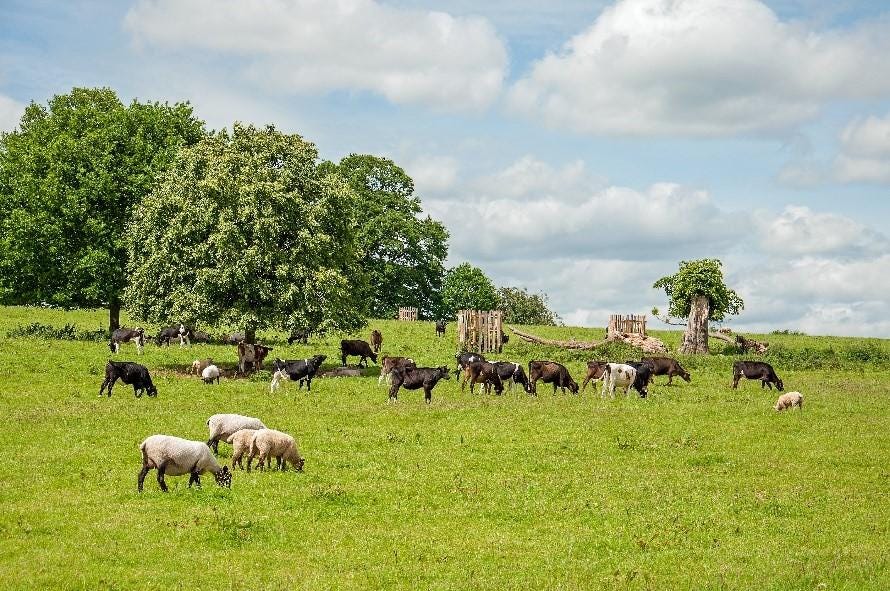
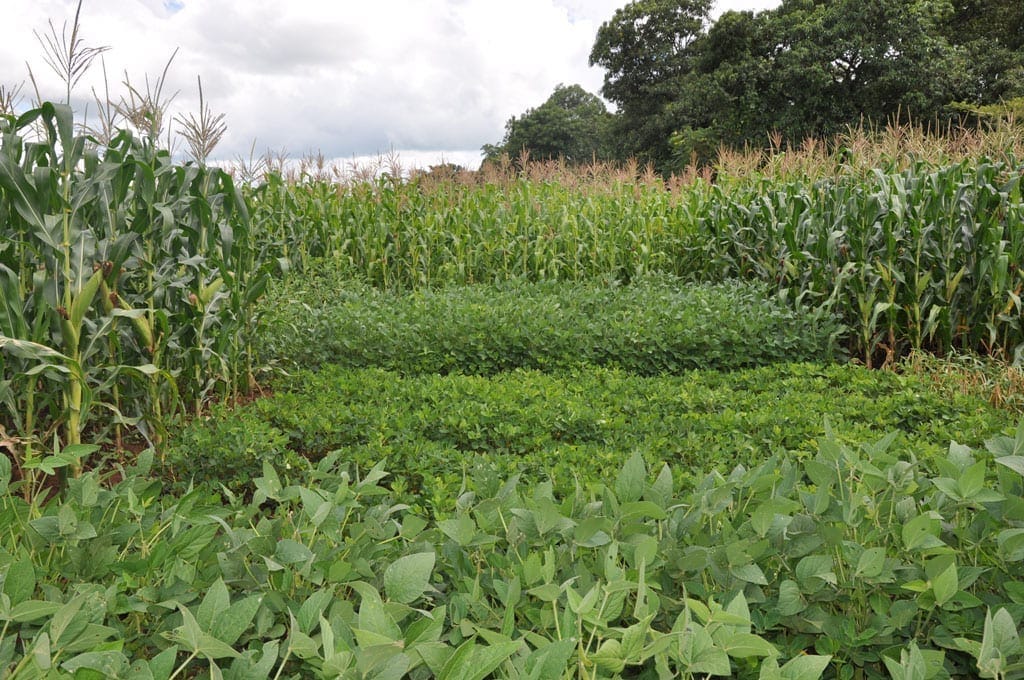
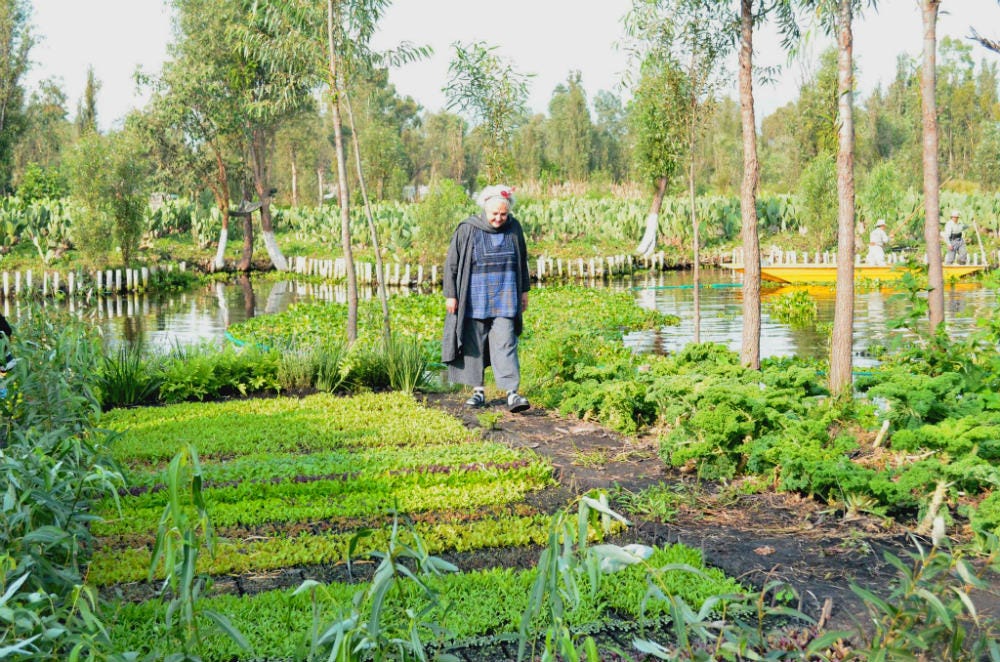

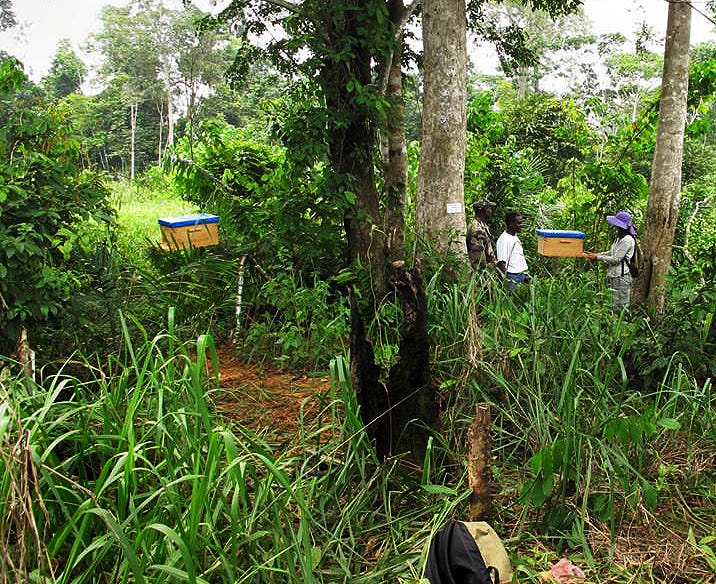

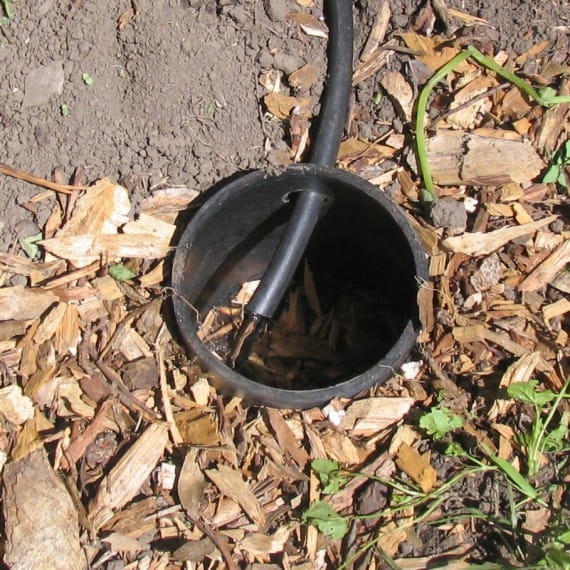
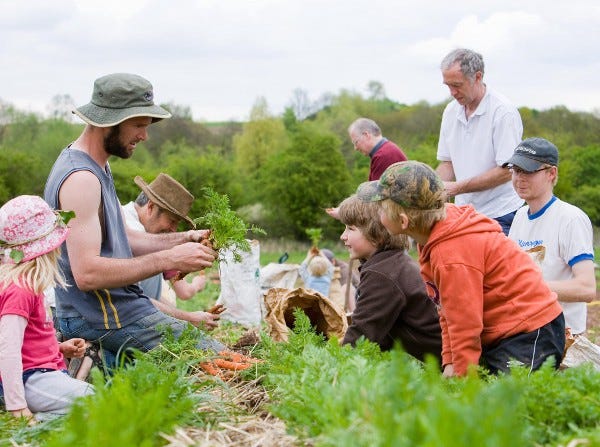
Hello,
The whole holistic design of nature is the best way to enrich planet earth.
Understanding that is possible now thanks to the complete understanding of Existential Reality.
I would love to connect to you Steve and explore solutions to all problems on this planet.
The underlying action would be an act by Homo Sapiens due to their limited understanding.
This can be will be corrected in the times to come and We can own our responsibility and participation and help everyone do that.
I want to thank you for introducing me to the wonderful world of Permaculture. It is weaving together and it goes beyond food production. It is togetherness, social, forward thinking, planetary and organic. I am enriched by your teaching and look forward to more. Francisco Perez